Archives
- 2018-07
- 2018-10
- 2018-11
- 2019-04
- 2019-05
- 2019-06
- 2019-07
- 2019-08
- 2019-09
- 2019-10
- 2019-11
- 2019-12
- 2020-01
- 2020-02
- 2020-03
- 2020-04
- 2020-05
- 2020-06
- 2020-07
- 2020-08
- 2020-09
- 2020-10
- 2020-11
- 2020-12
- 2021-01
- 2021-02
- 2021-03
- 2021-04
- 2021-05
- 2021-06
- 2021-07
- 2021-08
- 2021-09
- 2021-10
- 2021-11
- 2021-12
- 2022-01
- 2022-02
- 2022-03
- 2022-04
- 2022-05
- 2022-06
- 2022-07
- 2022-08
- 2022-09
- 2022-10
- 2022-11
- 2022-12
- 2023-01
- 2023-02
- 2023-03
- 2023-04
- 2023-05
- 2023-06
- 2023-08
- 2023-09
- 2023-10
- 2023-11
- 2023-12
- 2024-01
- 2024-02
- 2024-03
- 2024-04
- 2024-05
- 2024-06
- 2024-07
- 2024-08
- 2024-09
- 2024-10
- 2024-11
- 2024-12
- 2025-01
- 2025-02
- 2025-03
-
It has been shown that ACLY is localized to
2024-05-25
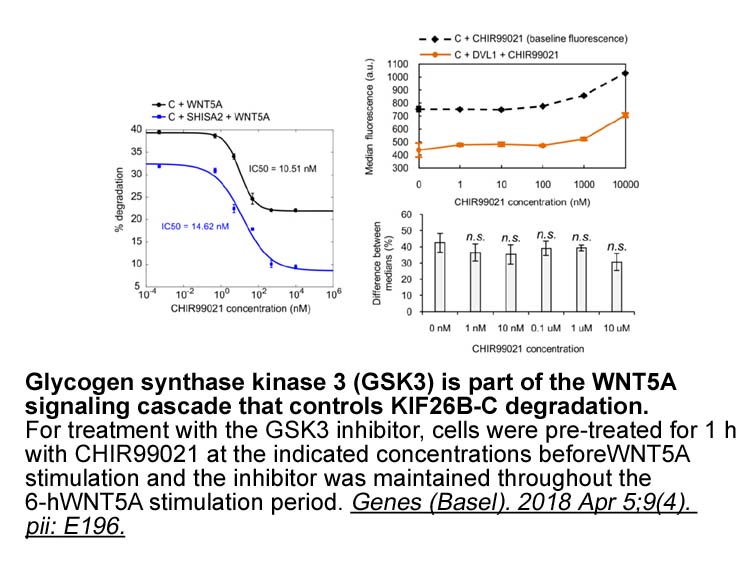
It has been shown that ACLY is localized to not only the cytoplasm but also the nucleus. Nuclear ACLY may supply acetyl-CoA for histone acetylation, leading to global regulation of the gene expression [16], [18]. We previously reported that AZ2 is also localized to both the cytoplasm and nucleus whe
-
This project was funded by the University of
2024-05-25

This project was funded by the University of the Philippines Diliman through the Natural Sciences Research Institute with grant No. CHE-09-2-02. Introduction There is compelling evidence for an anti-inflammatory effect of 12- and 15-lipoxygenases through the generation of lipid mediators involve
-
br Acknowledgements We would like to thank Dr
2024-05-25
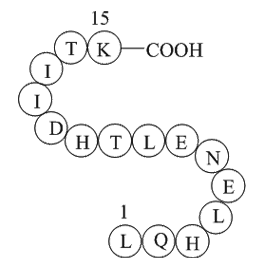
Acknowledgements We would like to thank Dr. Thomas Blanpied, Sai Sachin Divakaruni, Dr. Helmut Kessels, Feline Lindhout, Dieudonnée van de Willige, and all members of the MacGillavry lab for discussions and critical reading of the manuscript. This work was supported by NWO (ALW-VENI 863.13.020, A
-
GSK1016790A Apelin APJ triggers a variety of cellular signal
2024-05-25
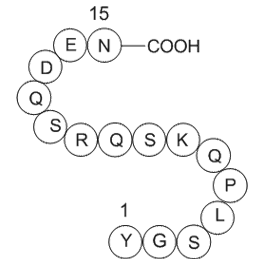
Apelin/APJ triggers a variety of cellular signaling pathways (Fig. 1). Recent studies from our laboratory showed that apelin-13 induces vascular smooth muscle cell (VSMC) proliferation by the upregulation of Cyclin D1 expression, which is involved in an ERK-dependent activation of Jagged-1/Notch3 si
-
br Materials and methods br Results and discussion br Conclu
2024-05-25
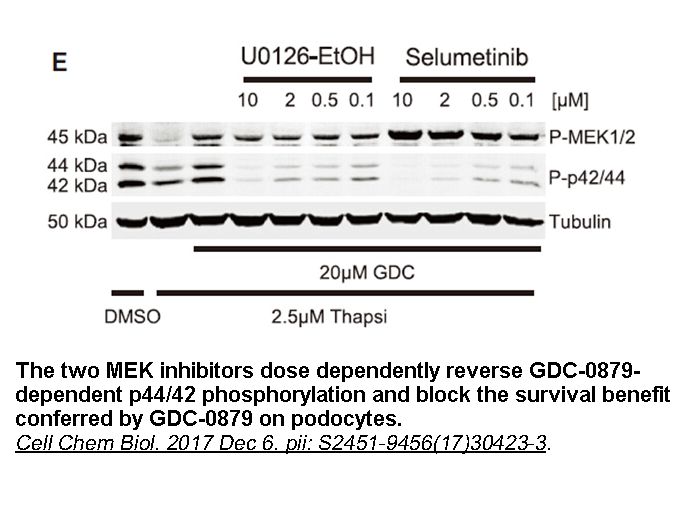
Materials and methods Results and discussion Conclusion The preparation of acrylic nanoparticles as aminosugar carriers could not be achieved by direct functionalization of poly(t-butyl acrylate) particles with saccharide groups. A four-step procedure starting from a protected derivative of
-
Sustained release property is also associated
2024-05-25
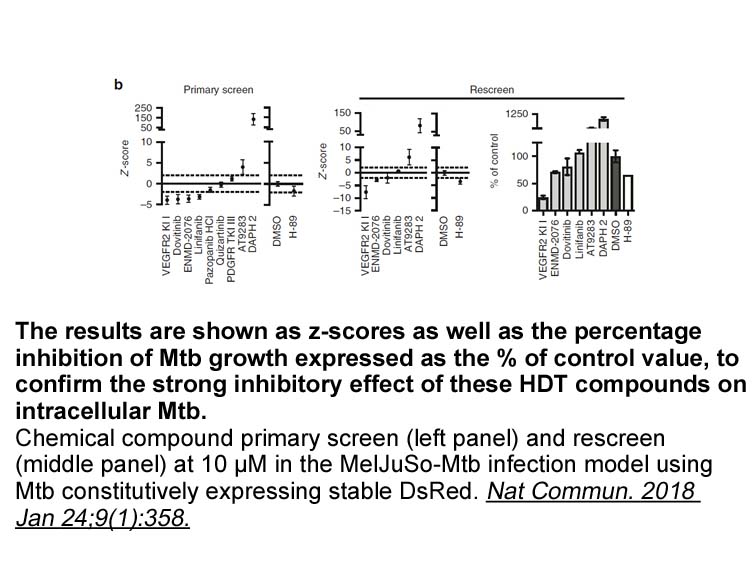
Sustained release property is also associated with side effects reduction [16] that could be confirmed by histopathological analyzes. Massive infiltrating inflammatory cells, hyperproliferation of skin layers and keratin pearls, caused by DMBA and croton oil application [32] are attenuated in Imq-lo
-
T7 High Yield Cy5 RNA In addition to differential expression
2024-05-25
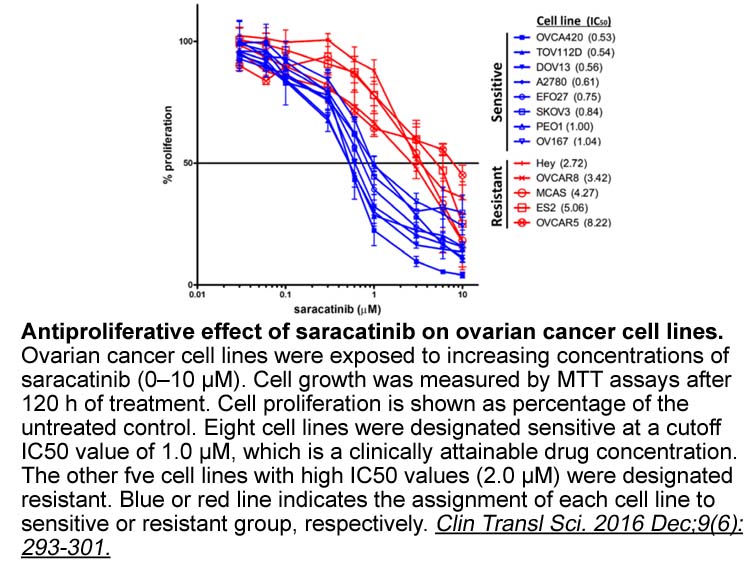
In addition to differential expression of AR protein primarily in surgical specimens, genetic alterations involving the AR gene have been documented in human T7 High Yield Cy5 RNA cancer. Loss of heterozygosity at the AR locus was identified in all 3 informative cases of muscle-invasive bladder tum
-
A limitation of the NIA
2024-05-25
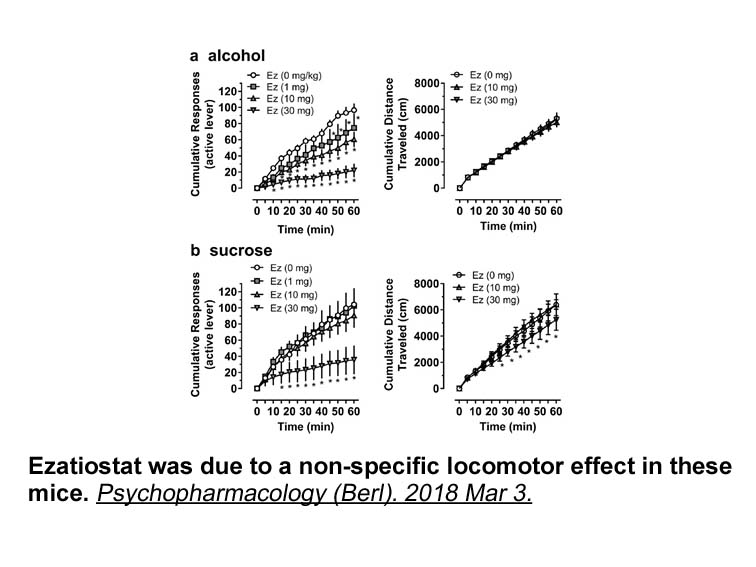
A limitation of the 2011 NIA-AA recommendations was that biomarkers were grouped into just two categories—amyloid and tau-related neurodegeneration. Tauopathy and neurodegeneration were placed into the same biomarker category. In persons with only AD, it is reasonable to assume that neurodegeneratio
-
To guide our attempts at achieving AKT potency and
2024-05-25
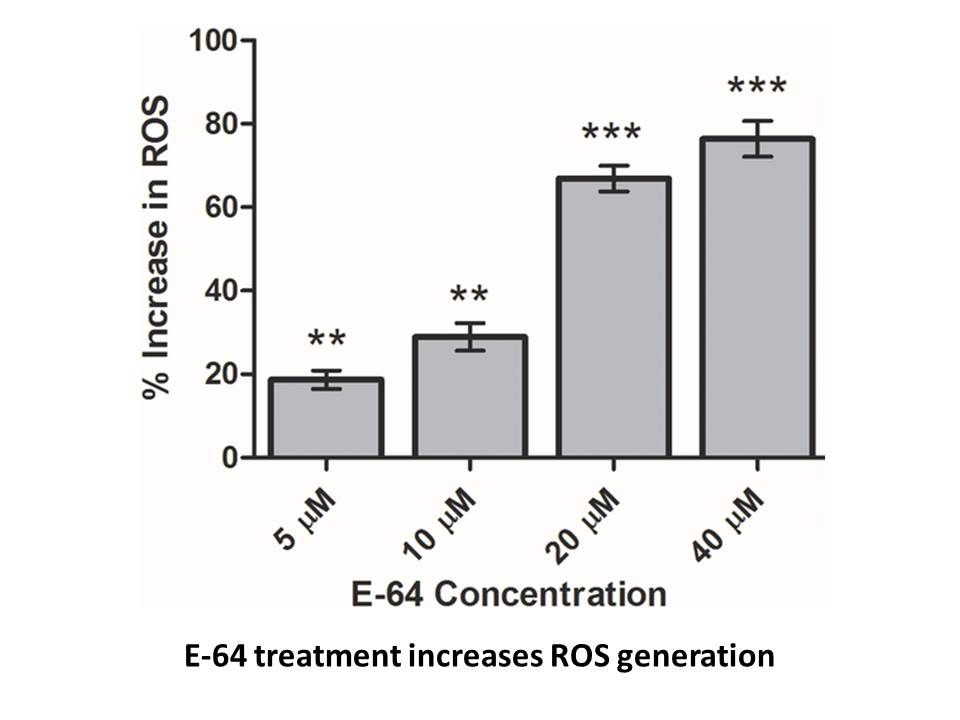
To guide our attempts at achieving AKT potency and selectivity against p70S6K and other kinases from (p70 S6K IC: 0.004 μM) and , we took advantage of exploiting the subtle sequence differences in the active sites of the AGC family kinases, we utilized the information around crystal structure of AK
-
Microbe derived ligands can also activate AHR Malassezia a c
2024-05-25
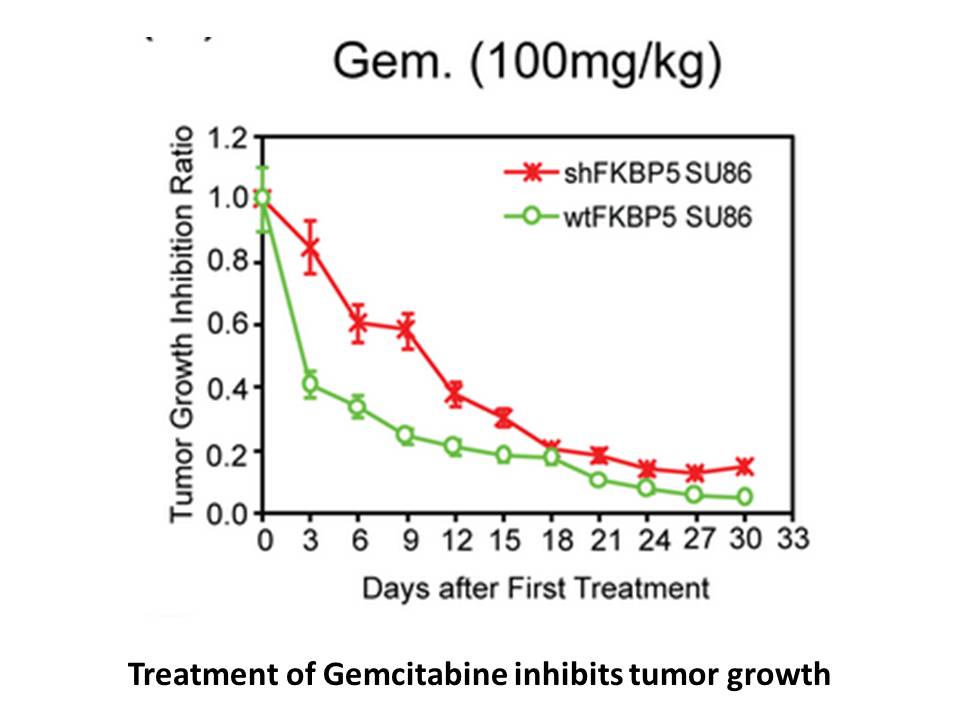
Microbe-derived ligands can also activate AHR. Malassezia, a commensal yeast in human skin, can metabolize tryptophan into several AHR activating compounds including FICZ and ICZ [59]. Lactobacillus converts tryptophan into indole-3-aldehyde (IAld), which can activate AHR and promote IL-22 productio
-
According to their structures and substrate specificity MMPs
2024-05-25
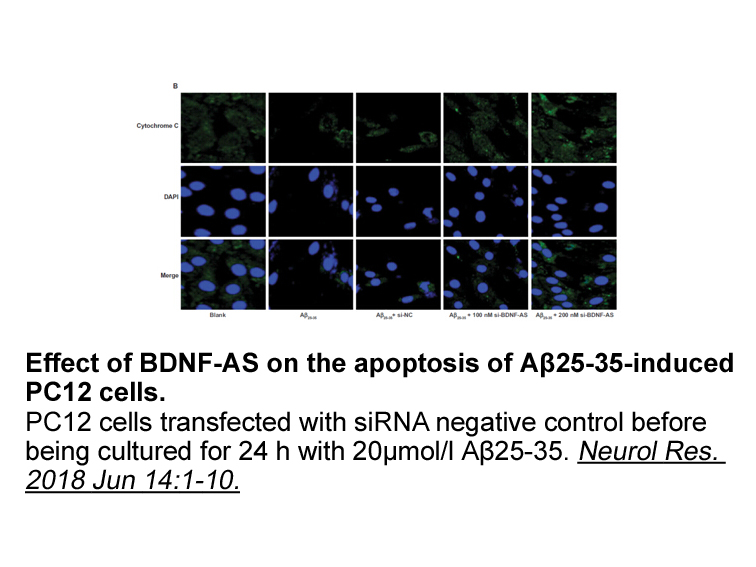
According to their structures and substrate specificity, MMPs are divided into five major groups: collagenases (e.g., MMP1), gelatinases (e.g., MMP2, MMP9), stromelysins (e.g., MMP3, MMP10), matrilysins (e.g., MMP7), and membrane-type MMPs [7]. Among them, MMP1 is a major collagenase that degrades t
-
The second evidence comes from the results obtained by patch
2024-05-24
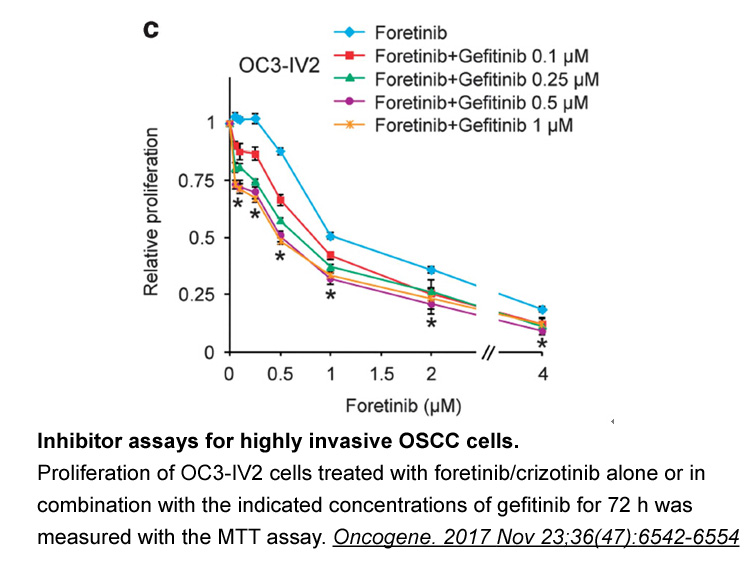
The second evidence comes from the results obtained by patch-clamp recordings carried out at the endplate region of isolated mouse FDB fibers, where adenosine and the P1R agonist NECA significantly affected the NPo, the open frequency and the time constant τ of the adult nAChR channels. It is genera
-
To date the modes of actions of pharmaceuticals in humans
2024-05-24

To date, the modes of actions of pharmaceuticals in humans and mammals are well-known (Fent et al., 2006), whereas knowledge of aquatic organisms, particularly invertebrates, is limited. This is problematic as these contaminants/pollutants have potentially harmful effects on wildlife organisms that
-
Our previous work fails to show any maternal effect with
2024-05-24
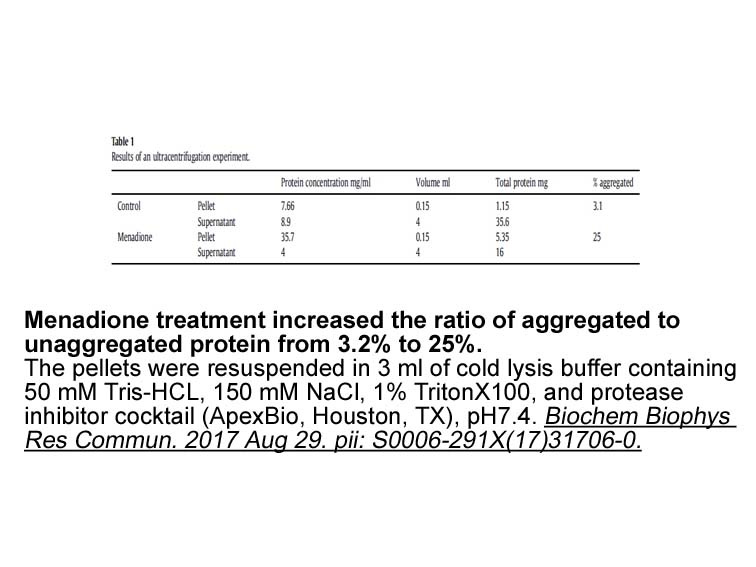
Our previous work fails to show any maternal effect with blockade of 5-HT2A receptor, as acute and repeated treatment of MDL100907 does not alter maternal behavior at the behaviorally active doses (Chen et al., 2014). In the present study, MDL100907 pretreatment attenuated the maternal disruptive ef
-
Regarding androgens it is known that they
2024-05-24
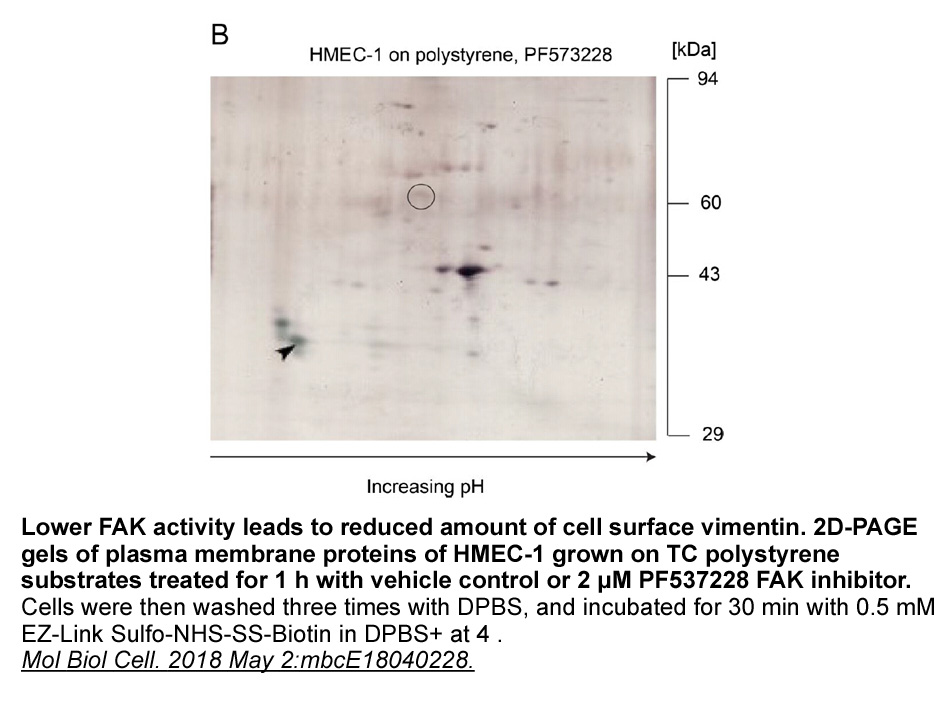
Regarding androgens, it is known that they are also essential for reproductive success (Walters et al., 2010). At the molecular level, their effects are produced mainly by dihydrotestosterone (DHT), arising from the conversion of testosterone by the enzyme 3-oxo-5-alpha-steroid-4-dehydrogenase (enco
15927 records 141/1062 page Previous Next First page 上5页 141142143144145 下5页 Last page